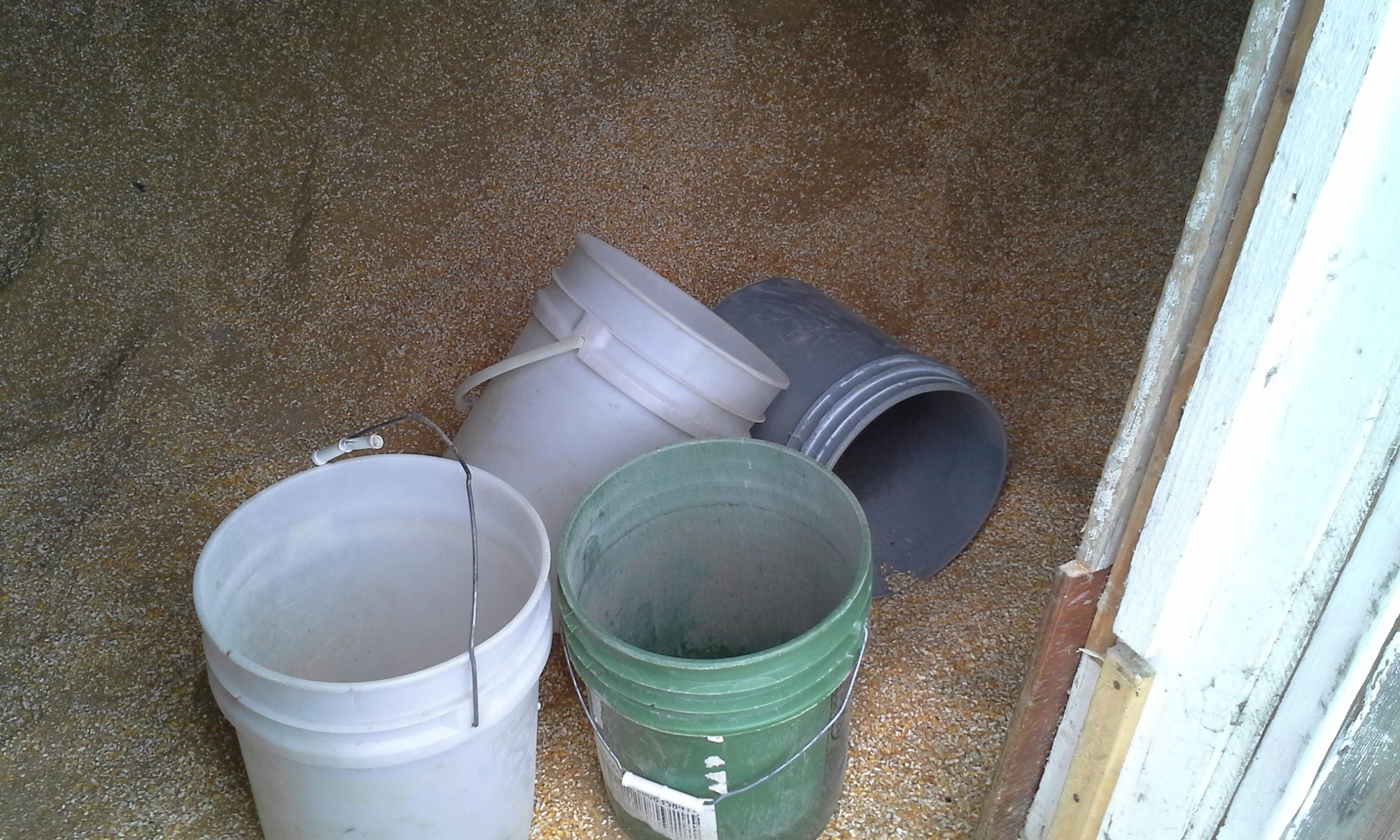I’ve been following the buzz around “clean meat” for a few months. If you’re unfamiliar with what I’m talking about, “clean meat” refers to meat grown in a lab from actual muscle cells taken from a cow (or chicken or pig or wallaby or whatever). I’ll refer to it as cellular agriculture (or cell ag for short) hereafter, because I don’t believe the meat we produce is dirty in the first place. After hearing where cell ag is at now, and thinking through the possibilities of what could be, I truly believe it has the potential to cause major disruptions in the ag sector – beginning with those of us in the livestock business, but also impacting crop growers as well.
Ten years ago, the iPhone had been out for less than a year. Most of us thought they sounded cool, but we’d never need one. They were expensive, at least compared to my flip phone, and (at that time) didn’t have nearly as many useful functions as now. Siri wasn’t a thing. Ten years later, we can’t do without them. They have allowed third-world nations to leapfrog over more primitive forms of technology. They are cheap (well, maybe not iPhones, but smartphones in general), easy to use, are everywhere and connect to everything. In less than 10 years.
I mention this only to remind you of how quickly technology improves and becomes indispensable and cheap.
I think cell ag has three huge advantages over natural meat production: consistency, modularity, and a short generation turnover.
Consistency. With cell ag, they have infinitely more control over the environment those cells grow in than I do on the ranch. I’m dealing with a diverse ecosystem, complete with interactions from a variety of plants, other animals, and the always-unpredictable South Dakota weather. They have a lab. Additionally, cell ag can basically replicate the same cells over and over again. They have control on the cellular level, being able to pick the specific genes they want to propagate. I, on the other hand, have to deal with an entire animal. Whose genes might not match up with its’ mate the same way every time. Even if my cattle are extremely inbred (which is not economically or biologically feasible) they would still have more variation than lab-grown meat.
Modularity. I have to grow an entire 1400 lb critter to make a steak. That means there’s probably 1350 lbs of “not steak” as well. Cell ag could potentially make exactly the amount of steak, or roasts, or tongues, or whatever, that the market is asking for. There’s no having to “get rid” of certain unusable or unwanted parts of the animal. Also, since a single product is being created with cell ag, there is no multi-trait selection to mess with. When I’m selecting genetics, I need to consider far more than just the eating experience; I’m needing maternal traits, docility, good mobility, proper skeletal structure, hair coat, the list goes on. The more traits selected for, the slower progress becomes in any one category. Cell ag doesn’t have that burden.
Along with this, with cell ag they can potentially create the exact quality in demand as well. All it takes is one cell to start with, and they could crank out 100% USDA Prime beef every time. Or, if lean beef is in demand, they could do that next time. Want to add a certain flavor? That could be baked in as well. The possibilities are only limited by the consumers’ imagination.
Short generation turnover. The 1400 lb finished steer we got those steaks from a couple paragraphs earlier didn’t happen overnight. He was conceived almost 25 months ago. The data points I collect from him and his siblings will inform breeding decisions for next year, but those progeny won’t be harvested until at least 30 months from now. It’s a terribly long process. I don’t know exactly how long it takes to grow these cells in a lab, but I am quite sure it is not measured in years. If something needs changing, they can adapt so much faster than I can with live animals.
I’ve got more thoughts on this topic, but I’ll save them for another post. So much is unknown at this point, but when “clean meat” hits the market (supposedly in late 2018) we’ll likely know more about how the consumer reacts. I believe they will accept it, especially as it improves in quality, choices, and value.
If you’d like to hear an actual intelligent conversation about cellular agriculture from some guys who are involved in the cattle business, check out the Working Cows Podcast Episode 42.
It’s not a level playing field. But that’s the nature of disruptive technology. We best start preparing for that very possible outcome.

